Canopy Thinning: Tips For Thinning Canopies In Trees
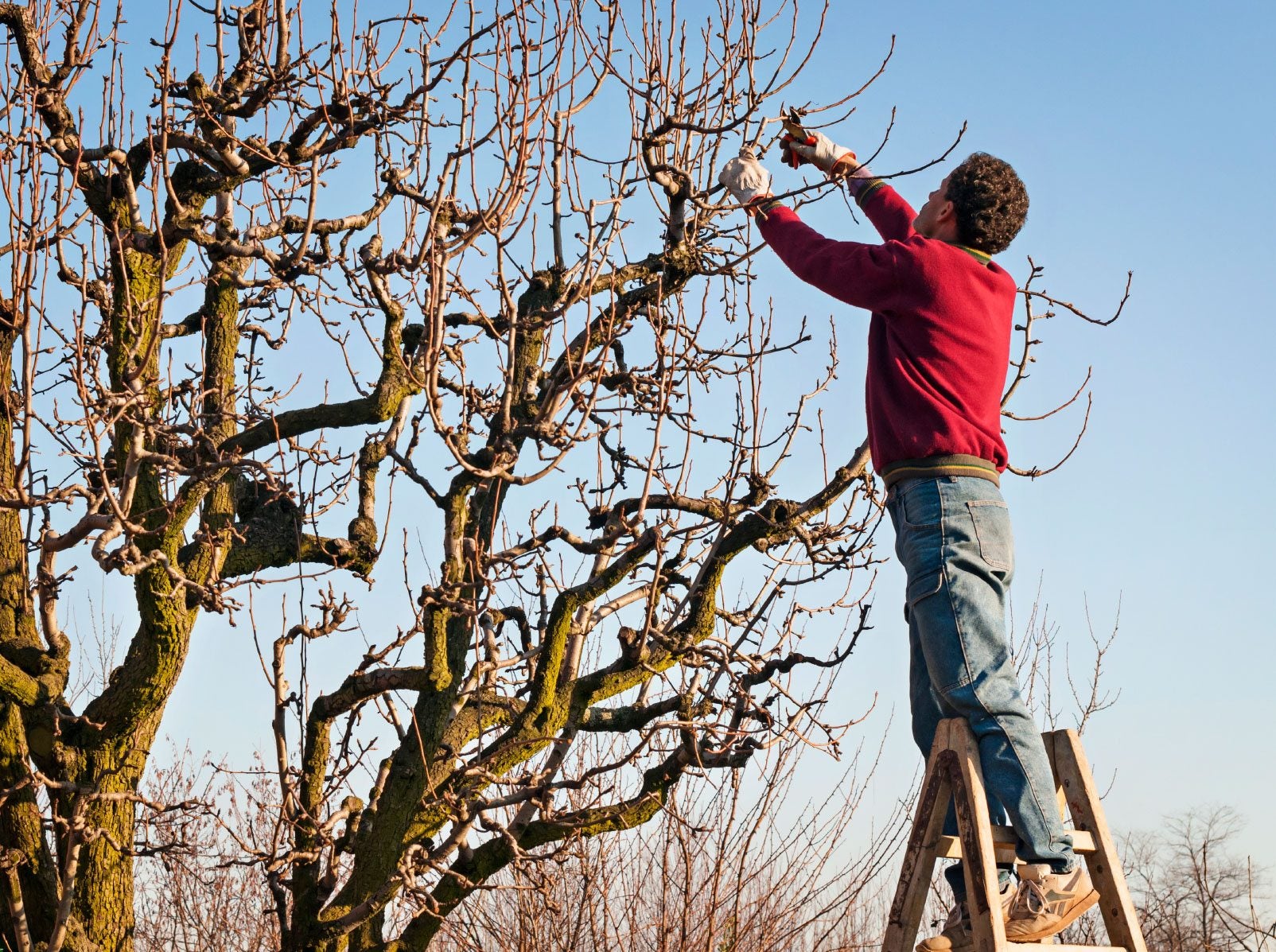

The beauty of a healthy tree can't be understated. They add dappled shade to the garden, provide wildlife habitat, and create natural barriers against nosy neighbors. However, the lovely little tree you planted years ago can grow to become a monster, shading out all other life below and creating a moonscape of scraggly, leggy plants and patchy sod. In order to increase the tree's health and for the well-being of lower story plants, it is useful to thin the canopy occasionally to let in light and air. You don't need to be an arborist to know how to thin out a tree's canopy but a few tips can be useful.
Thinning Canopies in Trees
The reasons for thinning tree canopies go beyond increasing light and air. The practice is also useful to keep a tree in a certain growth habit, prevent it from getting too tall, or keep limbs from getting invasive. Whatever the motivation, canopy thinning is a selective pruning practice that should be done when the plant is dormant for best results. The goal with tree thinning is to reduce the number and thickness of the tree branches in the crown. Crown thinning trees allows more light to come into the core of the branches to enhance the growth of leaves and stems. It also allows more air to circulate, which reduces fungal and pest problems. Additionally, thinning tree canopies reduce the weight to stabilize and strengthen the plant. Heavy thinning should be discouraged, as it can encourage the formation of unwanted growth, such as waterspouts, but light thinning will encourage new needle or leaf growth, which provides increased photosynthesis and health.
Crown Thinning to Brighten Shade Gardens
The light pruning required to open up the canopy and bring in a bit more light is mostly done on the outside of the tree. This is where heavy growth has caused limbs to branch out and shade lower story plants. Only the tips of the outer growth are taken back with proper canopy thinning. Excessive interior limb removal makes the plant unstable and weak. The only interior material you need to remove are water spouts and dead or broken limbs and stems. Thinning should keep the plant in as natural a form as possible and focus on making a balance of branches for a sturdy scaffold. The general rule is to remove no more than 15 to 20% of the foliage on mature trees to prevent spouts and weak growth.
How to Thin Out a Tree's Canopy
Thinning removes branches that are 2 inches (5 cm.) thick. The thicker branches should only be removed if they are diseased or dead, as they form the scaffold of the plant and give it strength. Cuts should be at a slight angle to deflect moisture away from the cut surface and must be just outside the parent wood. Never cut into the main leader or trunk, as this can invite disease and rot. The best time to prune is before the plant has begun new growth for the season and is dormant. Remove growth around the edges of the canopy for a tighter, more compact shape and then remove any broken and dead stems from the interior. Take care not to remove too much interior material as this produces a “lion's tale” shape which is undesirable and weakens the tree.
Gardening tips, videos, info and more delivered right to your inbox!
Sign up for the Gardening Know How newsletter today and receive a free copy of our e-book "How to Grow Delicious Tomatoes".

Bonnie Grant is a professional landscaper with a Certification in Urban Gardening. She has been gardening and writing for 15 years. A former professional chef, she has a passion for edible landscaping.
-
 Looking For Plants To Give You The Soft And Fuzzies? Try These 5 Fuzzy Leaf Plant Options
Looking For Plants To Give You The Soft And Fuzzies? Try These 5 Fuzzy Leaf Plant OptionsLovers of texture, drama, silver foliage and tactile plants will adore these special sensory garden additions. These fuzzy leaf plant options will leave you all aglow
By Susan Albert
-
 Get Ready For A Summer Of Hummers! Grow These Full Sun Hummingbird Plants and Flowers
Get Ready For A Summer Of Hummers! Grow These Full Sun Hummingbird Plants and FlowersIf you’re lucky enough to enjoy a sunny backyard, make sure you are maxing out on your pollinator opportunities and grow these full sun hummingbird plants and flowers
By Tonya Barnett
-
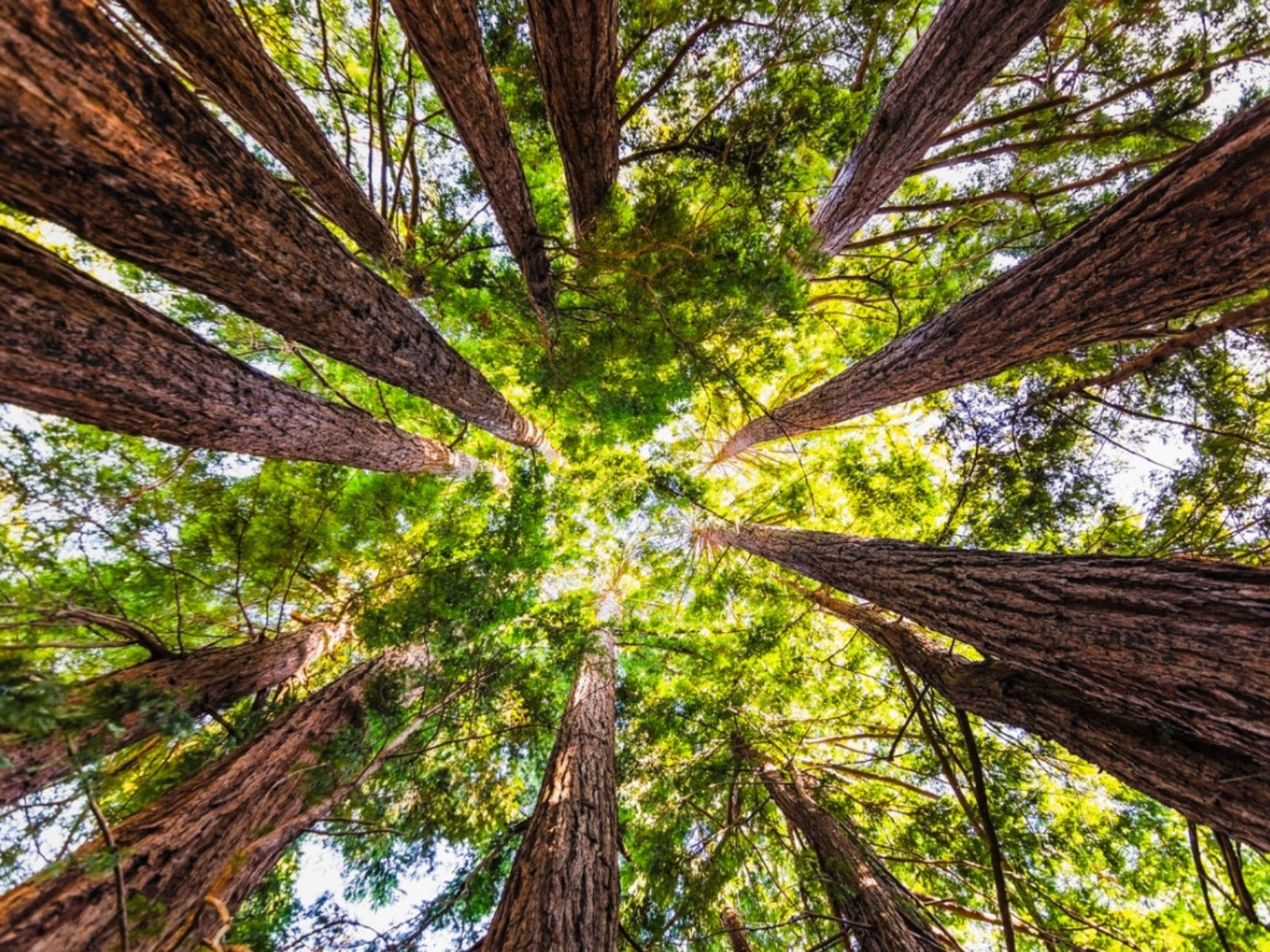 Best Trees For Carbon Sequestration And Climate Change
Best Trees For Carbon Sequestration And Climate ChangeLet’s keep planting trees. They are our best bet for capturing carbon and may help with our global warming issues.
By Teo Spengler
-
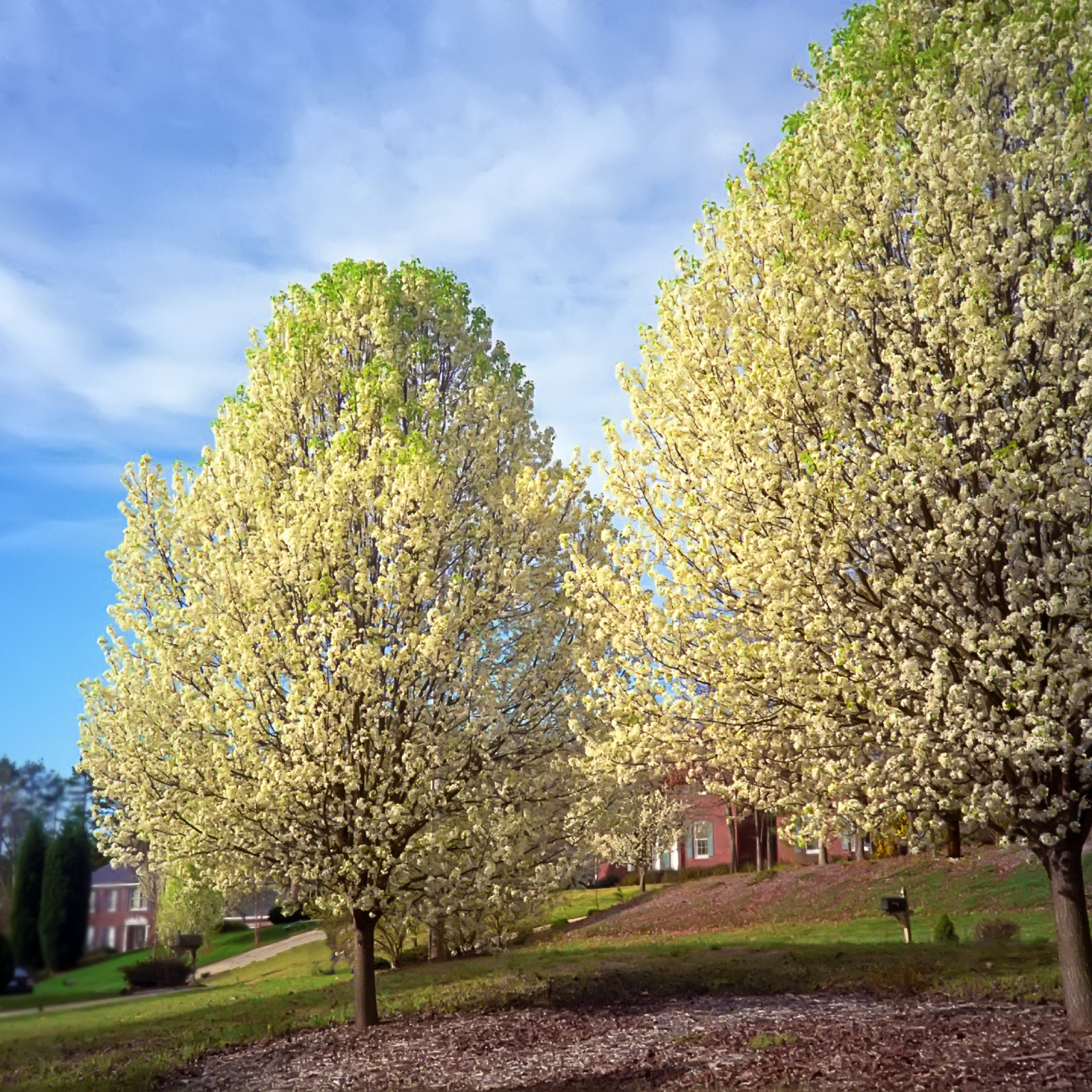 7 Invasive Trees You Should Never Plant In Your Yard Or Garden
7 Invasive Trees You Should Never Plant In Your Yard Or GardenWhat are some invasive trees you should never plant in your yard? Click here to find out.
By Teo Spengler
-
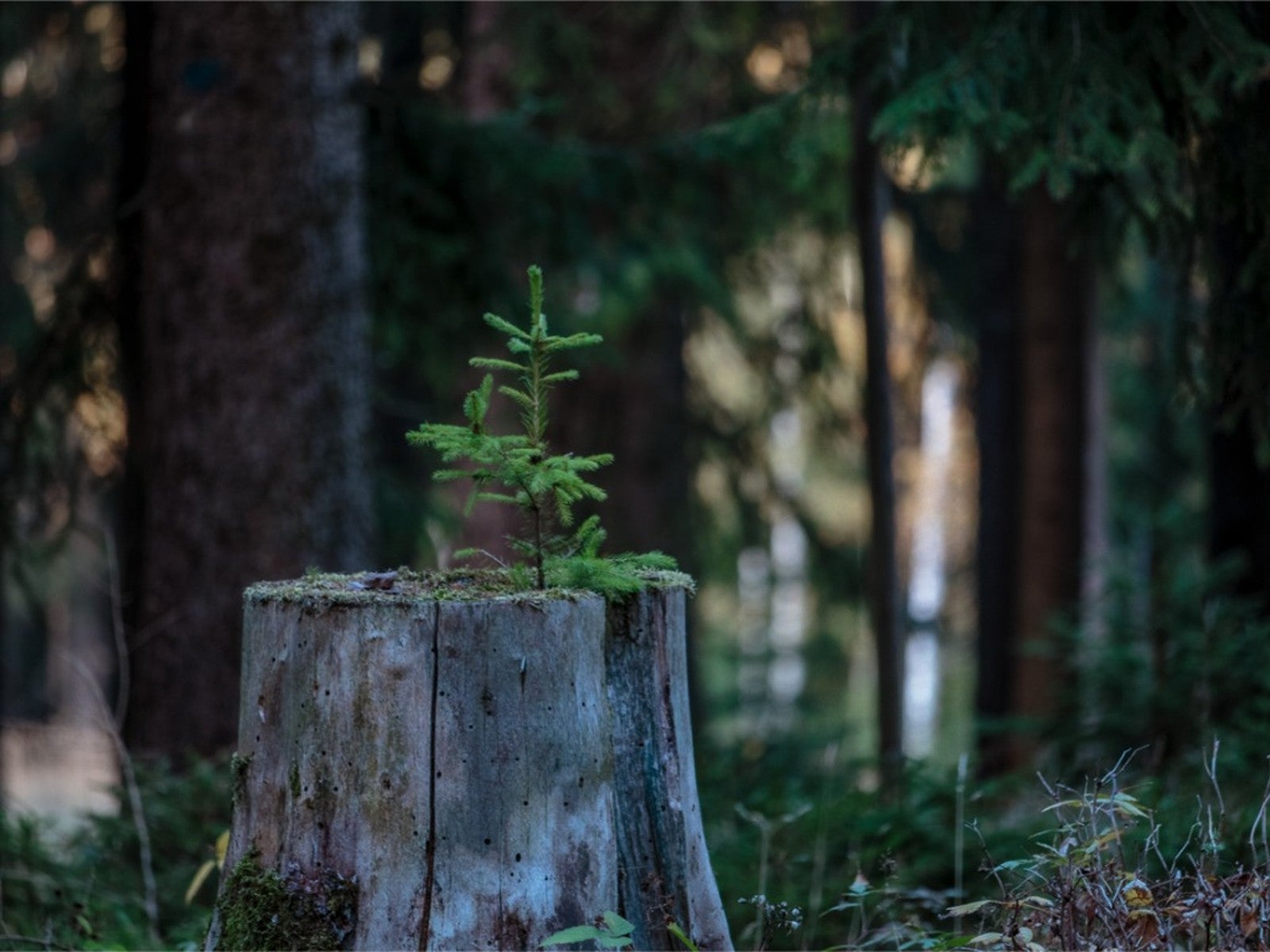 How Close Can You Plant A Tree To A Stump?
How Close Can You Plant A Tree To A Stump?Looking to plant new trees near old stumps or where stumps have been removed? Click here to learn how.
By Teo Spengler
-
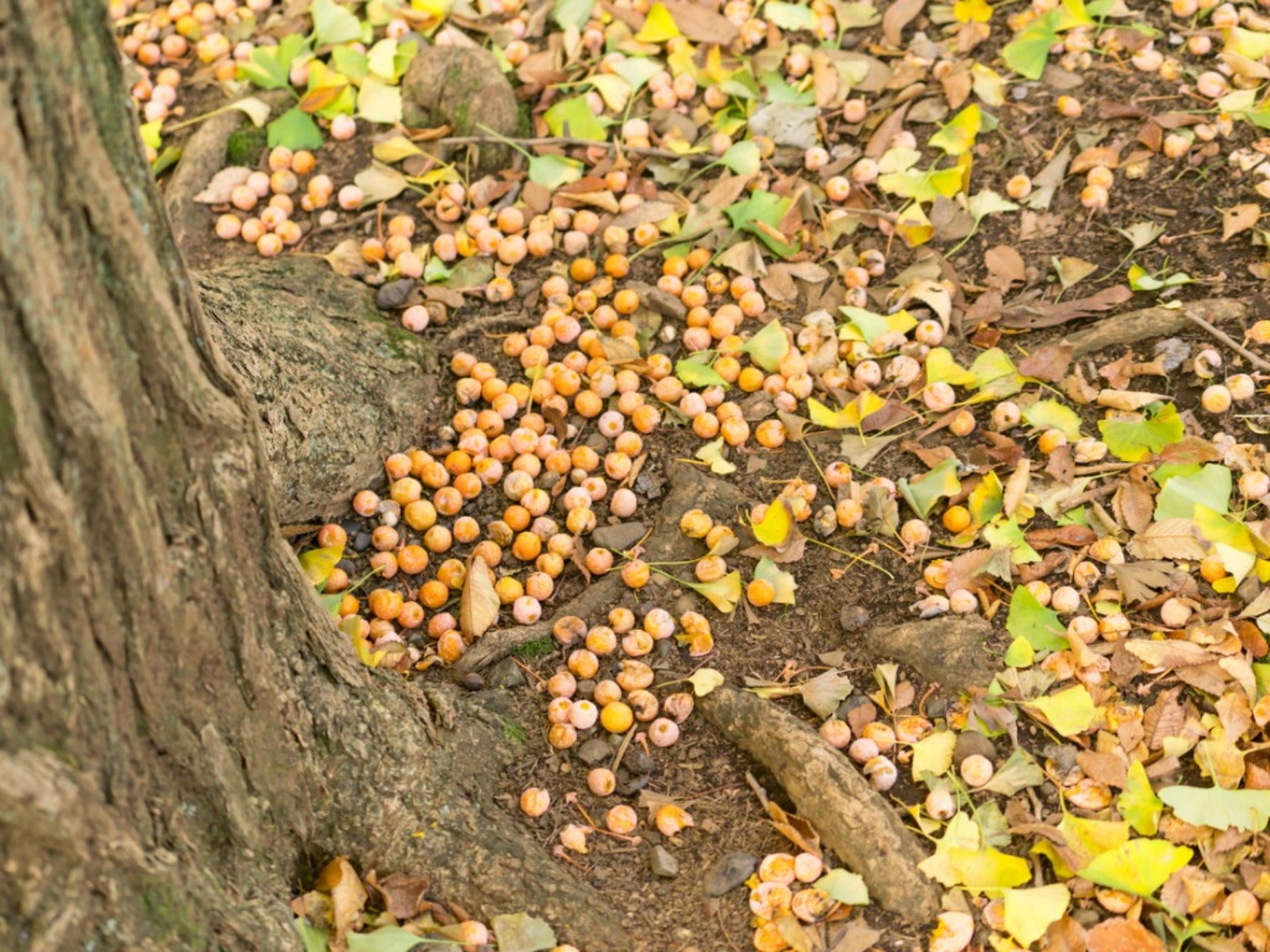 Messiest Trees That Drop Debris Everywhere
Messiest Trees That Drop Debris EverywhereWant to know which trees will create the biggest messes in your home landscape? Click here to find out.
By Amy Grant
-
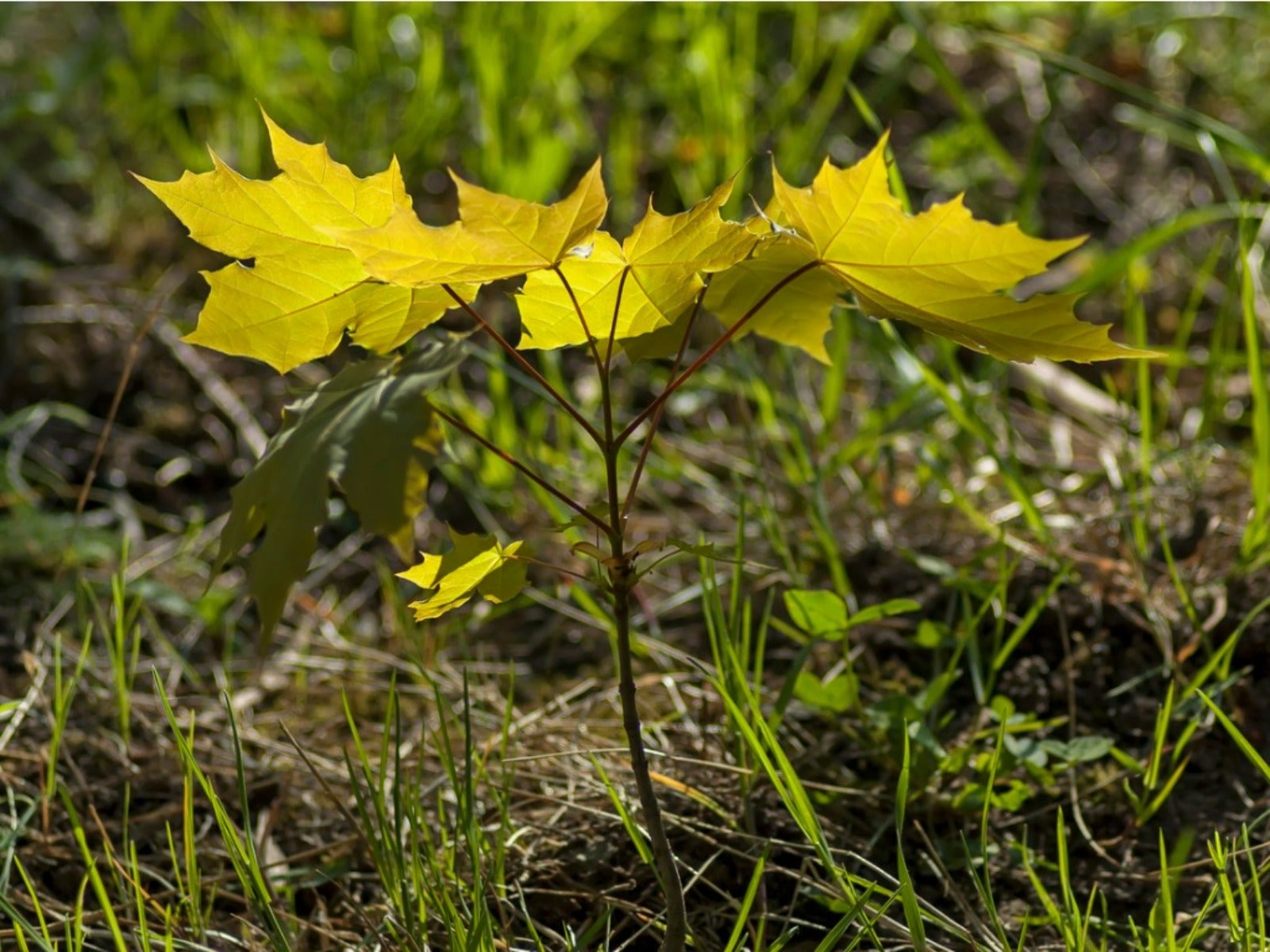 How To Get Rid Of Tree Sprouts In The Yard From Nearby Trees
How To Get Rid Of Tree Sprouts In The Yard From Nearby TreesLearn the simple way to keep pesky tree seedlings in your lawn from becoming saplings.
By Teo Spengler
-
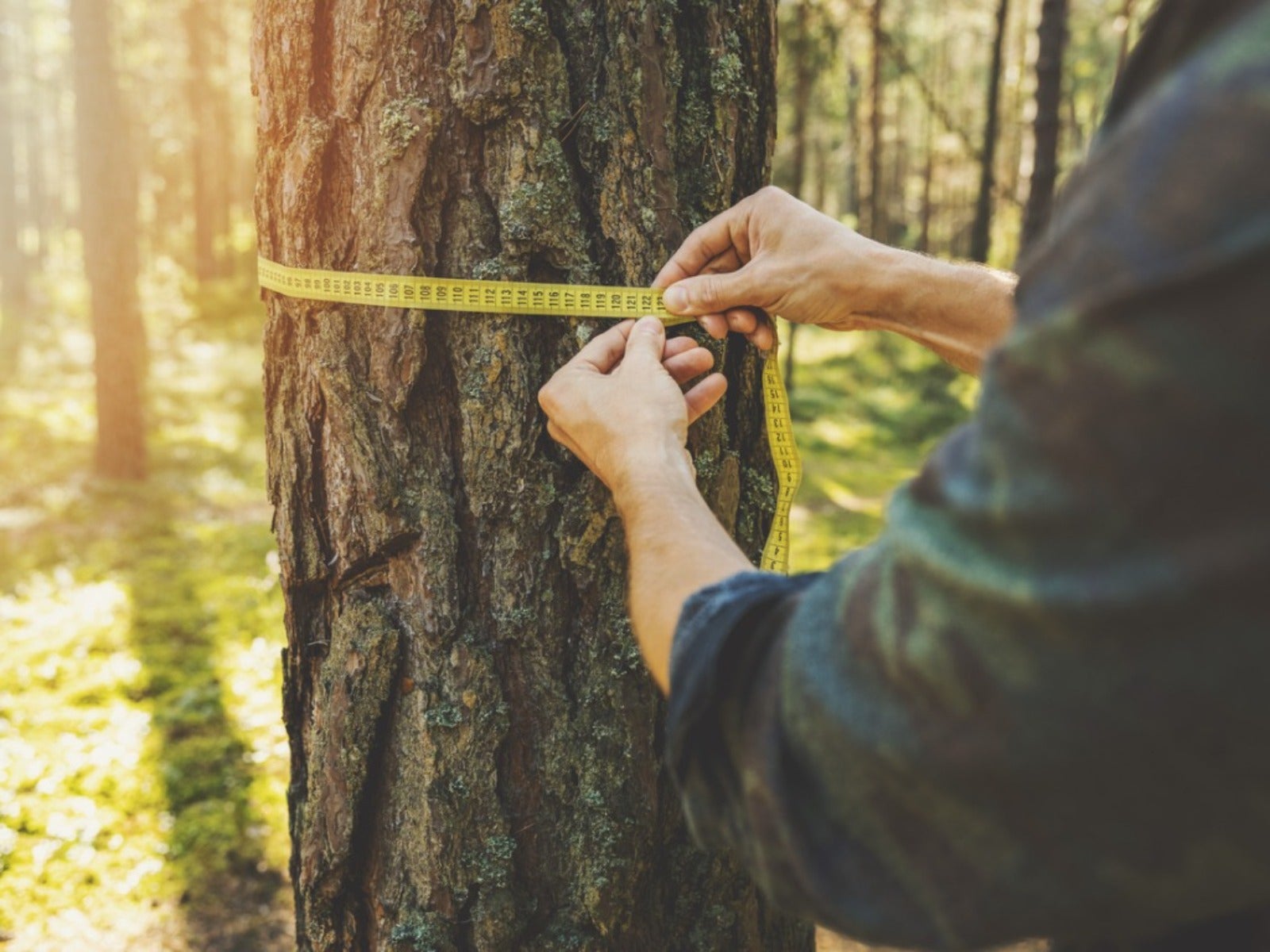 How To Tell How Old A Tree Is
How To Tell How Old A Tree IsEver wondered how to calculate the age of a tree? Click here to learn all about it.
By Teo Spengler
-
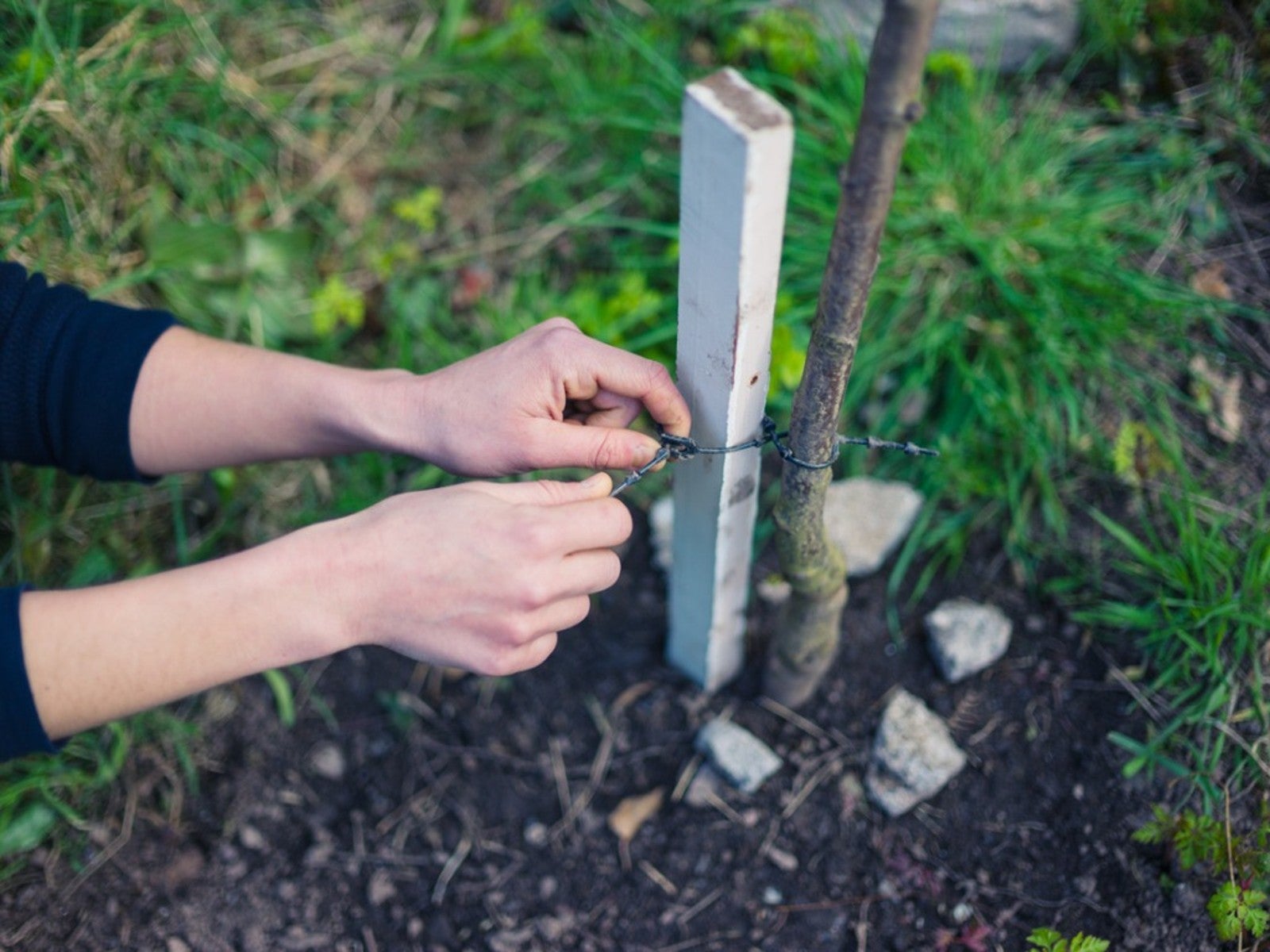 When To Remove Tree Stakes From Saplings
When To Remove Tree Stakes From SaplingsA newly planted tree may grow strong when it’s staked, but don’t forget to remove the stakes when it’s stable.
By Teo Spengler
-
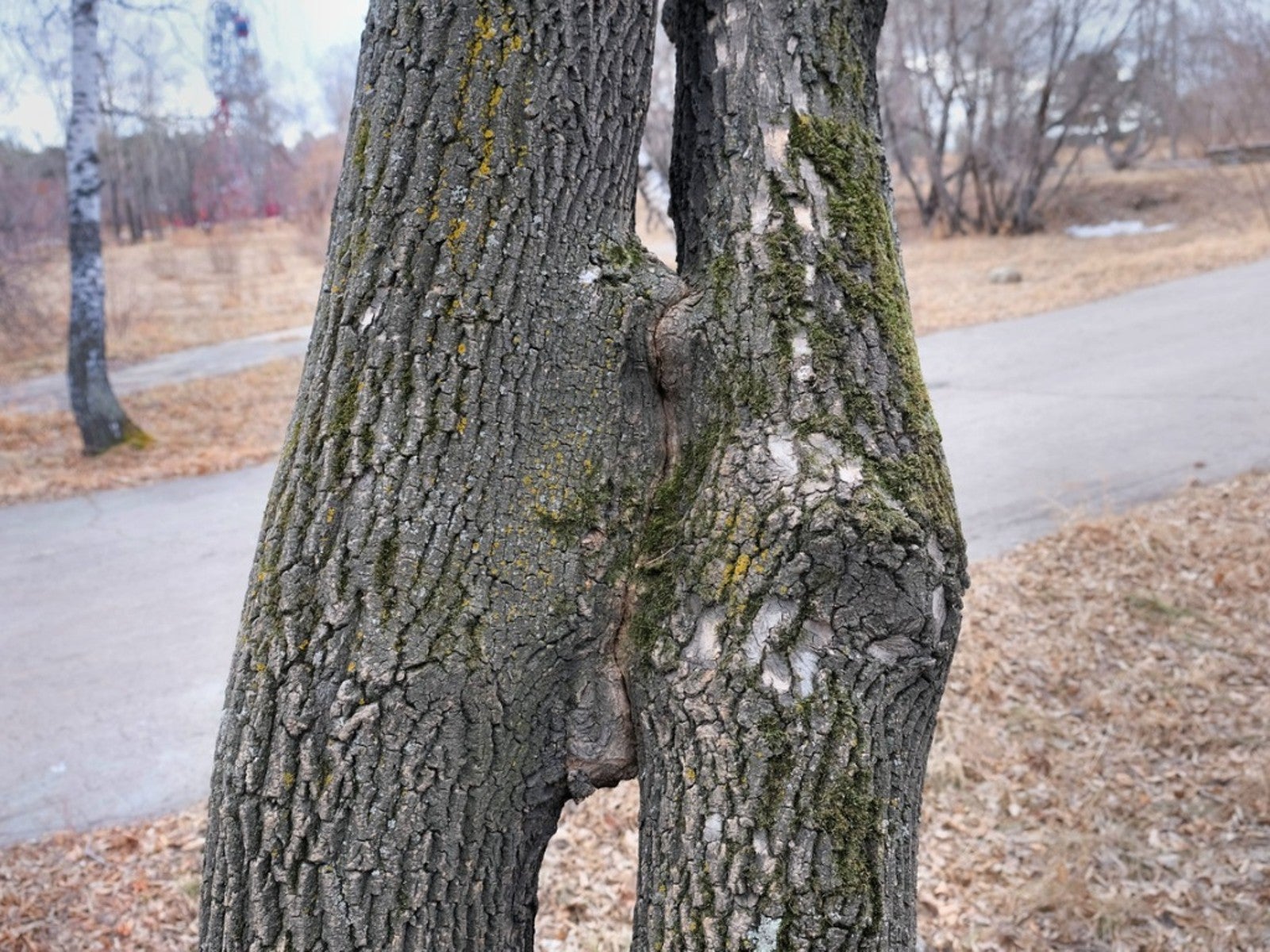 Inosculation And Trees Growing Together
Inosculation And Trees Growing TogetherIf you ever see two trees that have bonded and grown together, read here to learn why and how it happens.
By Teo Spengler